That audio snippet (above) is from Episode 178 of the Garden Basics with Farmer Fred podcast, featuring author Emily Murphy, talking about her new book, “Grow Now-How We Can Save Our Health, Communities, and Planet, One Garden at a Time”. Go to Episode 178 to listen to the entire conversation. The audio sampler above touches on one section of her book, where she discusses the importance of knowing your “Nature Quotient.” As she puts it in her book:
“Your nature quotient (NQ) is a measure of your understanding of the natural world, the dynamics at work within it, and your personal connectivity to nature. It involves skills such as observation, curiosity, mindfulness, and empathy and compassion.”
But the podcast interview gave short attention to how to increase your NQ, in order to become a better gardener. Nor did it offer up the quiz that Emily presents in “Grow Now” on how to measure your NQ.
Since the name of this digital typing allegedly contains the words, “Beyond Basics”, it seems appropriate that we present the quiz here, along with tips for increasing your NQ, which you can also find in the book, “Grow Now”:
Measure Your “NQ” (Nature Quotient)
(In the book, you can circle all the answers that apply to you. If you try that here, you’ll have permanent black circles on your phone or tablet. Just get the book.)
• How much time, on average, do you spend outside each week? Two or more hours; one hour; less than one hour.
• What are your touchpoints with nature? Houseplants; nearby park or open space; plants and trees in your yard or garden.
• Which of the following have you done recently? Take a nature walk; stop when you hear the sound of a bird; notice a change in wind direction; look to the sun to figure out the time of day; notice a shift in the seasons; pick up litter; photograph flowers and plants.
• How often do you feel burnt out and exhausted? Often; sometimes; never.
• How comfortable are you without wifi, or going without your phone for periods of time? Love it; hate it; it doesn’t matter; a mix of all three.
• Can you determine when the moon is full? Yes; no.
• What do you think of bugs? Fascinating; frightening.
• What are your feelings on dirt? Love it; hate it; neutral; not sure.
• What do you do when you find spiderwebs outside? Leave them where you find them; Swipe them away.
• How do you see yourself? As someone who can grow anything with a little bit of effort; as someone who is challenged by gardening and everything you try to grow withers.
Unfortunately, for those of us who are results-oriented, this is a quiz without a score. As frequent guest (and retired college horticulture professor) Debbie Flower likes to remind us, “This information will not be on the Final.” So, just be honest with yourself, and perhaps take up some of Emily’s suggestions in her book for 15 easy ways to increase your NQ, with my additional thoughts in italics:
15 Easy Ways to Increase Your NQ
Keep a Bird book and binoculars by the window. (be sure to tell the neighbors you’re looking for birds, not hot tub parties)
Grow three new herbs in your kitchen or on your patio (gentle reminder: marijuana is not an herb. Besides, the teenagers next door have binoculars, too, and might covet your “herb garden”.)
Compost your kitchen scraps and yard waste. (And start a worm compost bin. They’re quiet and undemanding. They’re happy with your leftover, chopped up vegetables.)
Try growing - from a cutting - a plant that you pass on walks in your neighborhood. (Pro tip: for the sake of your health, ask before you snip. A good book on the topic is “Plant Propagation” by Alan Toogood)
Try propagating a favorite houseplant. (Again, the book “Plant Propagation” is a handy reference)
Try growing mushrooms in your cupboard or in a shady spot outside. (for advice on which mushrooms you find outdoors that are safe to eat, consult someone with extensive mud stains on their shirt and pants. They are probably members of a local mycological society, who spend their weekends crawling through forests, looking for mushrooms. And let them taste it first.)
Commit to using only organic fertilizers. (Pro Tip #2: building a healthy soil with consistent practices of mulching, composting, no-till, and cover cropping may reduce your fertilizer needs to near zero, especially on permanent plantings.)
Follow the sun by creating outdoor spaces to be either sun or shade, depending on the season. (Pro Tip #3: just moved to a new home? Plan before planting. And that could take a year. Track the moving shade in your yard with pictures for the first year in your new home. Once each month, on a sunny day, take a series of pictures at 9am, noon, 3pm and 6pm of the areas where you want to put a garden. Gauge from those pictures whether the area, on average, is full sun (6-8 hours or more per day), part sun (4-6 hours) or mostly shade (less than 4 hours). Plant accordingly. Fear not, you can still plant in year 1. Just use containers that you can move around easily to follow the sun.)
Add a new, pollinator-friendly planting bed to your existing garden. (In USDA Zone 9, don’t forget to add winter-blooming shrubs that are attractive to bees and other beneficials, such as rosemary and euryops.)
Begin a nature project. What can you make with leaves, driftwood, or other found items? (I like to put fallen oak leaves in a metal trash can and whip them into small pieces with a string trimmer, and then top my raised beds with those shredded leaves. A mulching mower can accomplish that task, as well)
Do a simple test of the soil near your home. (Inexpensive pH and macronutrient test kits are widely available. A couple of universities also do inexpensive, but complete soil testing: University of Massachusetts/Amherst and Colorado State University.)
Plan a small cutting garden for homegrown bouquets. (Zinnias are easy to grow and long lasting as cut flowers!)
If there are trees in your yard or nearby landscape, create a comfortable spot to sit and enjoy them for some at-home forest bathing. (A long time ago, an old edition of the Sunset Western Garden book offered instructions for creating a redwood haven. I did it, and the result was fabulous! Truly a “greenhouse” and a cool, contemplative area in the summer that attracted nesting owls. Pro tip #4: use tall, evergreen trees that are native to your area. And you’ll need a big yard to do this! Instructions at the end of this newsletter.)
Replace a section of your lawn with a riot of regionally appropriate plants and wildflowers. (YES!)
Fill window boxes and planters with flowers and leafy greens you’ve never planted before. (“Bright Lights” Swiss Chard is a personal favorite for the eyes and mouth.)
Pick up Emily Murphy’s book, “Grow Now”, wherever you pick up books. Lots of great advice and great pictures!
============================================================================
How to Make an Evergreen “Greenhouse”.
These instructions from the 1988 edition of the Sunset Western Garden Book applied to coast redwood trees. Many different varieties of conifers could be used instead: pines, cedars, and firs, for example. Choose species that are native to your area for the best chance of longterm success.
From the 1988 Sunset Western Garden book description of Sequoia sempervirens (coast redwood tree):
“Plant several in a grove or in a 40-foot diameter circle. Inside it’s cool, fragrant, and a fine spot for fuchsias, begonias, and people on hot summer days. For grove or circle planting, space trees 7 feet apart. Trees can be planted 3-4 feet apart and topped at least once a year to make a beautiful hedge.”
If you have the room, do the circle. The hedge is too much work and, in my opinion, destroys the majesty of the trees.
As an Amazon Associate, I earn from qualifying purchases from some of the underlined links in the newsletter. This is how I am trying to keep this a free newsletter. And as long as you buy whatever you want from Amazon using any of those links to get into the Amazon site, I get a few pennies. Thank you.
Thanks for Subscribing and Spreading the Word About the Garden Basics with Farmer Fred newsletter, I appreciate your support.
And thank you for listening to the Garden Basics with Farmer Fred podcast! It’s available wherever you get your podcasts. Please share it with your garden friends.
Fred Hoffman is also a University of California Cooperative Extension Master Gardener in Sacramento County.


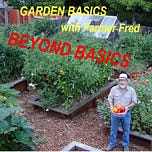

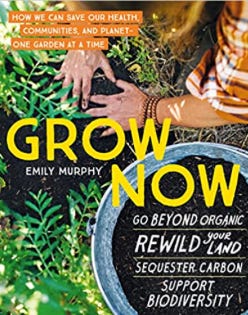

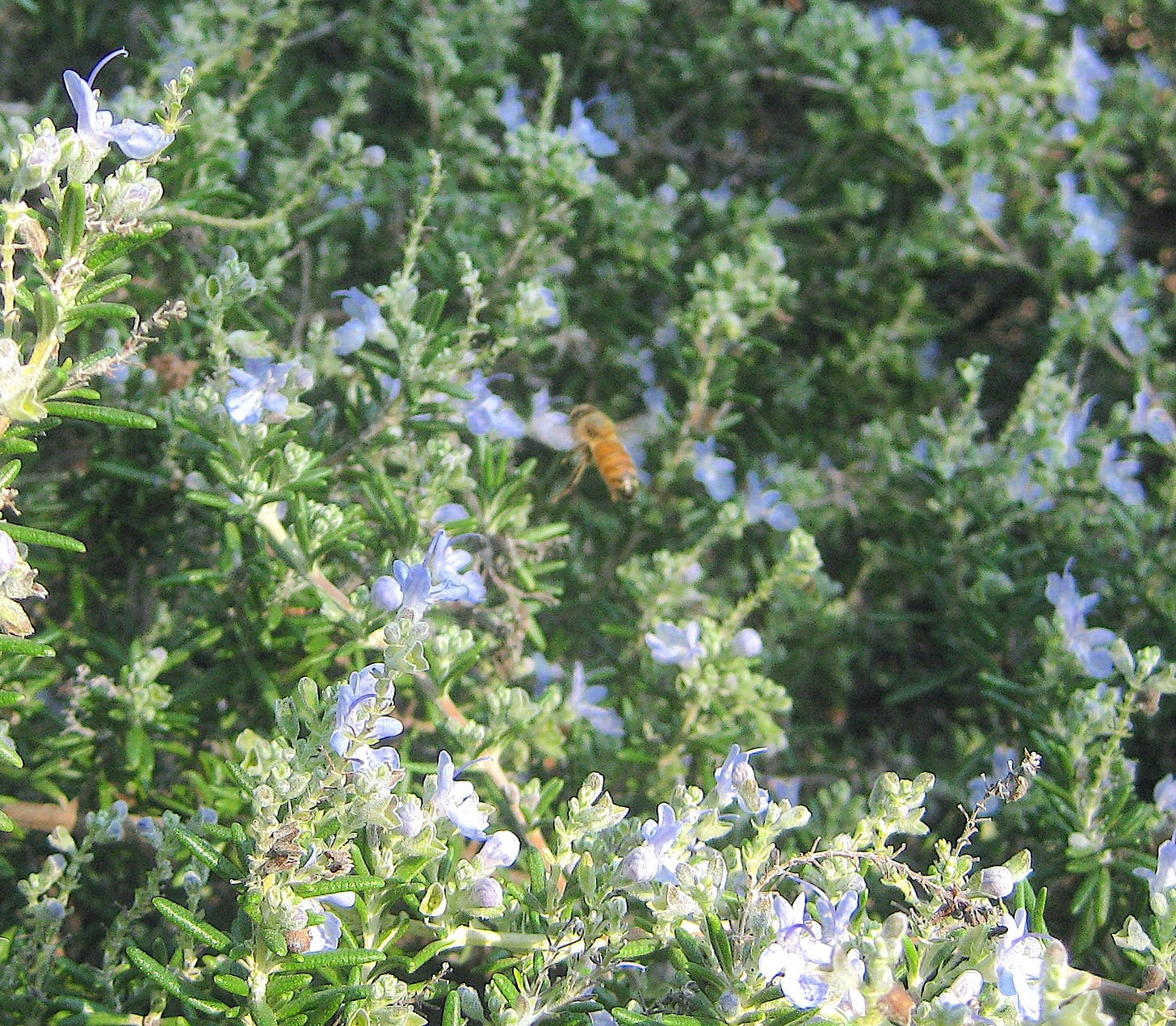
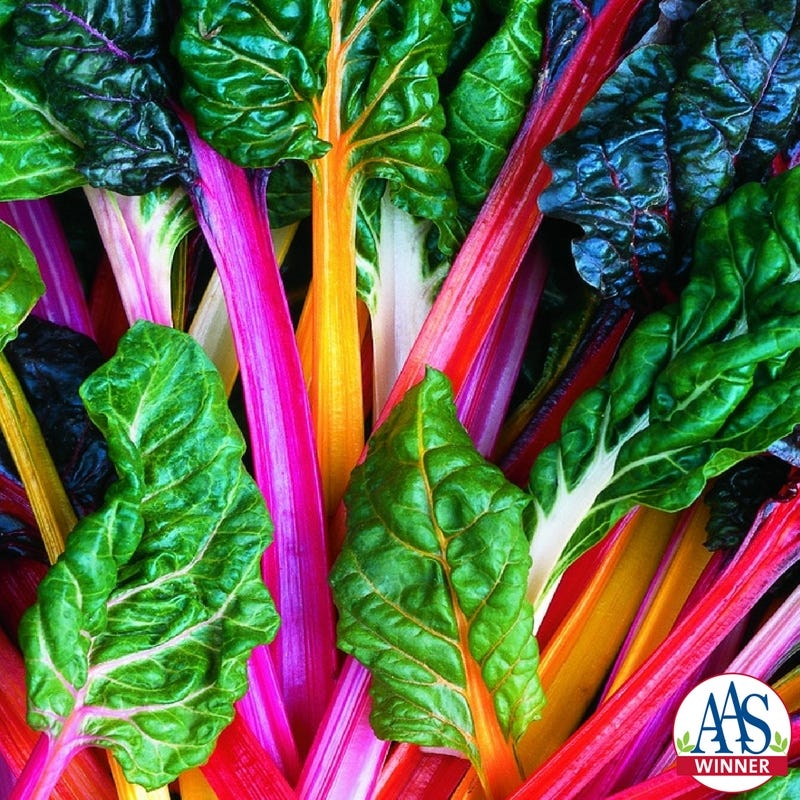

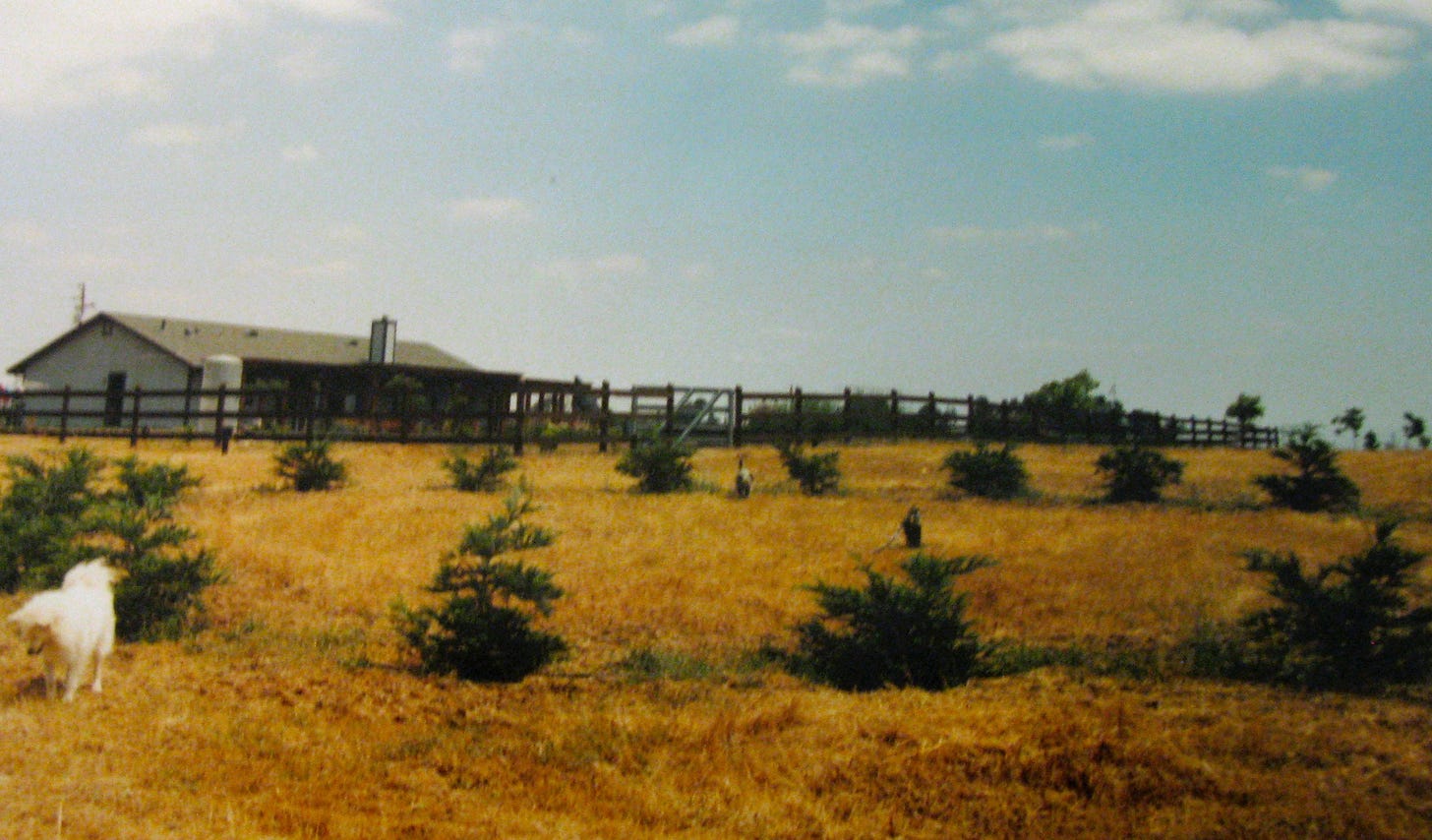
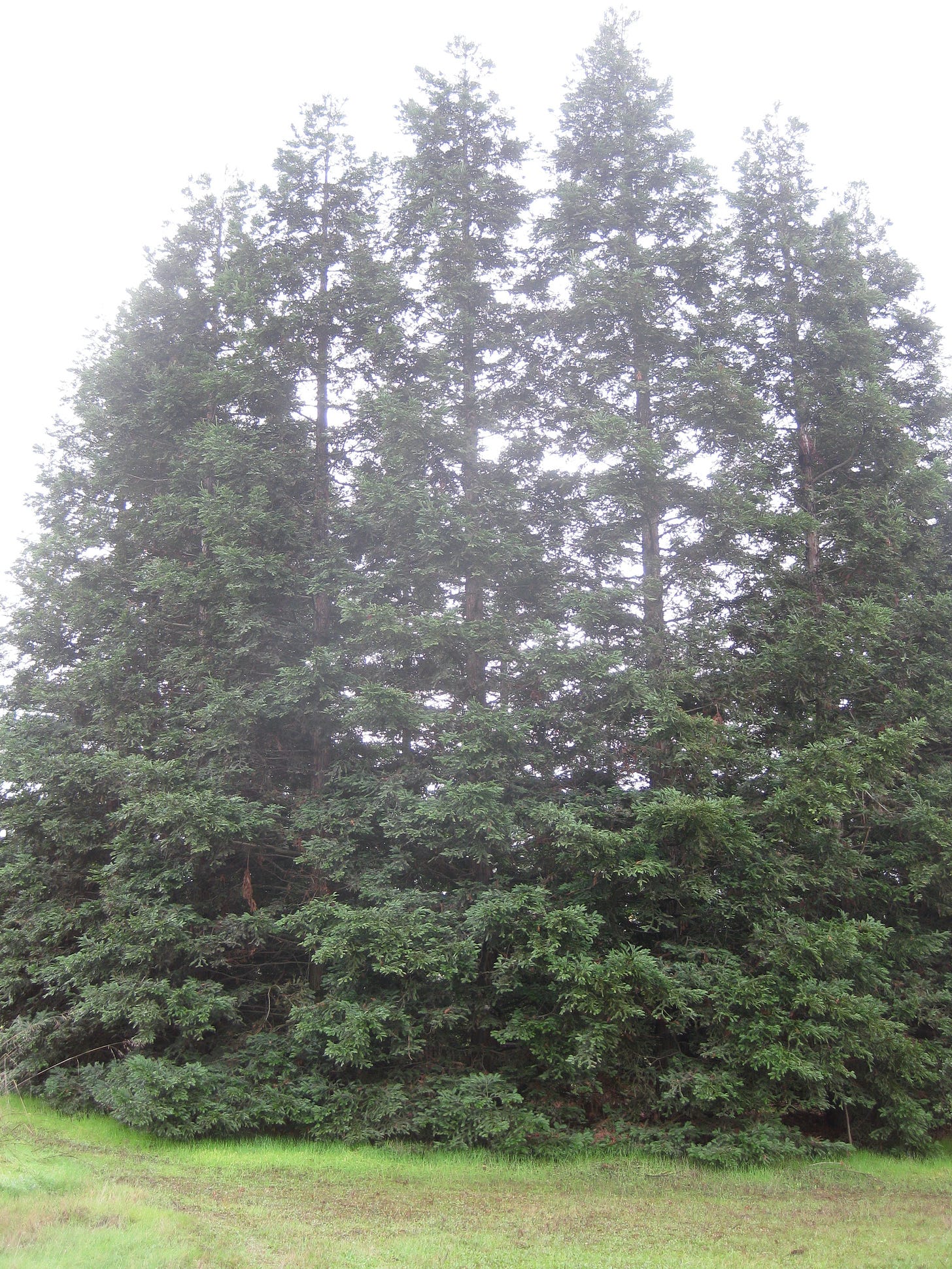

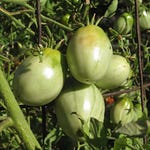







Share this post